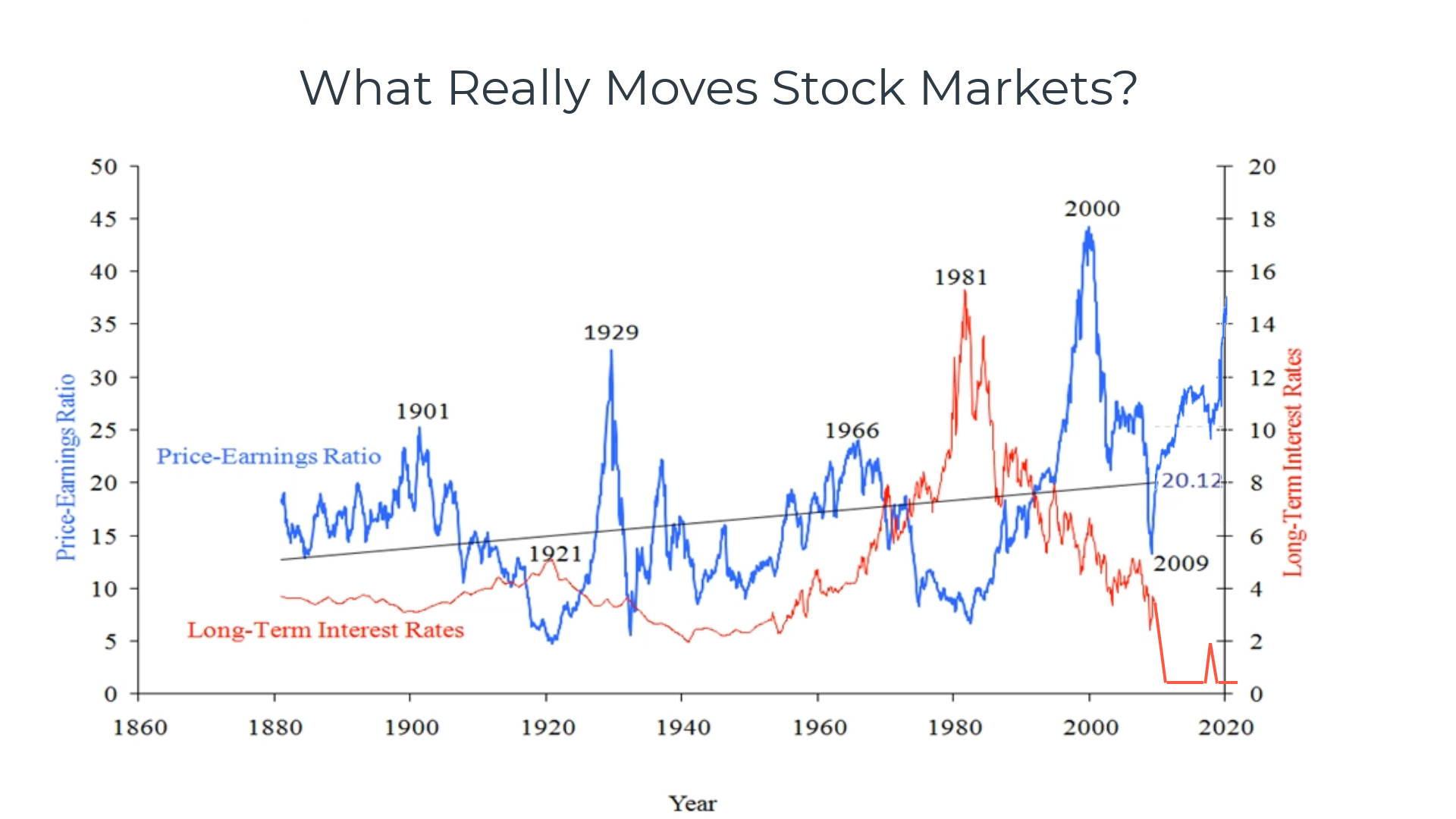It was a mixed week as Asia markets saw some pullback while US markets had some upside. The usual Jobless claim, Nonfarm payroll would be watched as the next Fed meeting in December draws near. If data starts to suggest that employment is slowing and more Americans are out of job then there could be a chance of a smaller increase in Dec. This could spark the last leg of a year end rally since the low of 3500.
STI
As expected we saw the Straits Times Index having some pullback nearing our 3220 downside target. 😊 Banks mainly led the downside as we saw some profit taking coming in after a strong run. Also, a pivot in interest rate also could start slowing the movement of bank shares as their future net interest margin would likely be slower. Looking for more downside for the week to about the 20ema and then planning what’s next. The Electronic stock on the other hand saw some life as a slow down in interest rate sparks new life into these Electronic stocks.
HSI
The Hang Seng Index also moved as we planned, coming down to our downside target of 17320 and currently being supported by it. A break below this level could see our next target of 16741 which would be a good level to scale in. It might not be a straight down for the week as the bulls are holding the line very well for now. The China central bank cuts the amount of cash lenders must hold in reserve for the second time this year which might see a knee jerk reaction looking for a downside overall for the week to come.
Feel Free to drop us a message if you want to know more.
To know more about S&P500 & Nasdaq do head over to our facebook page to have a read.
Yours
Humbly
Kelwin& Roy










